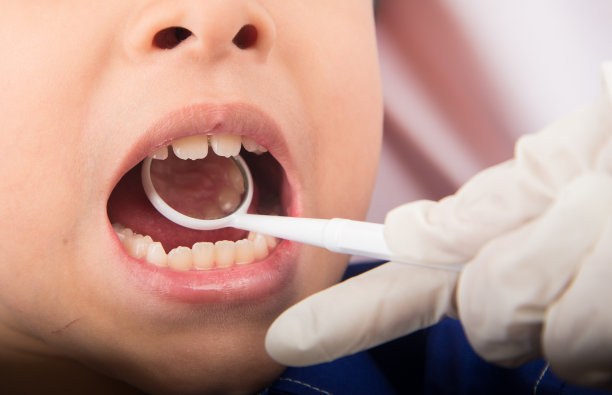Essential Guidelines to Follow Before and After Getting a Dental Filling for Optimal Oral Health
Summary: Dental fillings are essential procedures for maintaining oral health, especially when addressing cavities. This article provides essential guidelines to follow before and after getting a dental filling, focusing on preparation, the procedure itself, post-treatment care, and long-term maintenance for optimal oral health. By adhering to these guidelines, patients can ensure a smoother experience, minimize discomfort, and enhance the longevity of their dental fillings. Understanding these aspects can significantly contribute to better dental outcomes and overall well-being.
1. Preparing for Your Dental Filling

Before undergoing a dental filling, it is crucial to prepare both mentally and physically. Start by discussing your dental history with your dentist, including any allergies or previous reactions to anesthetics or dental materials. This will help the dental team tailor the procedure to your specific needs and ensure your safety.
Another essential aspect of preparation is managing any anxiety or fear associated with dental visits. Many find it helpful to practice relaxation techniques such as deep breathing or mindfulness. Additionally, consider discussing sedation options with your dentist if anxiety is significant, ensuring a calm and comfortable experience during the procedure.
Lastly, ensure you have someone to accompany you to your appointment, especially if you opt for sedation. This person can provide support, drive you home post-treatment, and assist you in adhering to aftercare instructions, enhancing your overall experience.
2. Understanding the Dental Filling Procedure
When it comes time for the dental filling procedure, understanding what to expect can help alleviate concerns. The dentist will first use a local anesthetic to numb the affected area, ensuring you don’t feel any pain during the filling. Following this, the dentist will remove the decayed portion of the tooth and clean the area thoroughly.
Next, the dentist will apply the filling material, which may vary from composite resins to amalgam or glass ionomer, depending on the location and severity of the cavity. Understanding the different materials can help you discuss your options with your dentist and choose the best one for your specific situation.
Finally, once the filling is in place, your dentist will check your bite to ensure that everything feels comfortable. They may make minor adjustments before concluding the procedure to guarantee that the filling does not interfere with your ability to chew or bite down properly.
3. Post-Treatment Care Instructions
After receiving a dental filling, following proper post-treatment care is imperative for healing and long-term success. Initially, avoid eating or drinking anything hot or hard for at least two hours to allow the anesthetic to wear off and to prevent accidental injury.
Its also wise to keep your oral hygiene routine as consistent as possible. Gently brush and floss around the filled tooth, being careful not to disturb the filling. If you experience any increased sensitivity or discomfort, consider using a toothpaste designed for sensitive teeth and consult your dentist if the discomfort persists.
Finally, pay attention to your mouths response to the filling. If you notice any sharp edges, difficulty in chewing, or if the filling falls out, contact your dentist immediately for assessment and potential repair. Prompt attention can prevent further complications and ensure your oral health remains intact.
4. Long-Term Maintenance for Dental Fillings
To maintain the longevity of your dental filling, regular dental checkups are essential. Your dentist will monitor the filling’s condition and can identify any potential issues before they escalate. Typically, a biannual visit is recommended, including professional cleanings and examinations.
In addition to regular dental visits, practicing good oral hygiene at home is crucial. Brush your teeth twice a day and floss daily to remove plaque and food particles that can lead to decay around the filling. Consider using antimicrobial mouth rinses that can reduce bacteria buildup in your mouth, further protecting your dental work.
Moreover, be mindful of your eating habits. Avoid hard or sticky foods that could dislodge or damage the filling. Consuming a balanced diet rich in fruits, vegetables, and dairy products can promote healthy teeth and gums, ensuring that your fillings last as long as possible.
Summary:
Preparing adequately for a dental filling, understanding the procedure, adhering to post-treatment care, and committing to long-term maintenance can significantly enhance your oral health. By following these essential guidelines, patients can facilitate a smooth process that minimizes discomfort and extends the life of their dental work, ultimately leading to optimal oral health.
This article is compiled by Vickong Dental and the content is for reference only.



